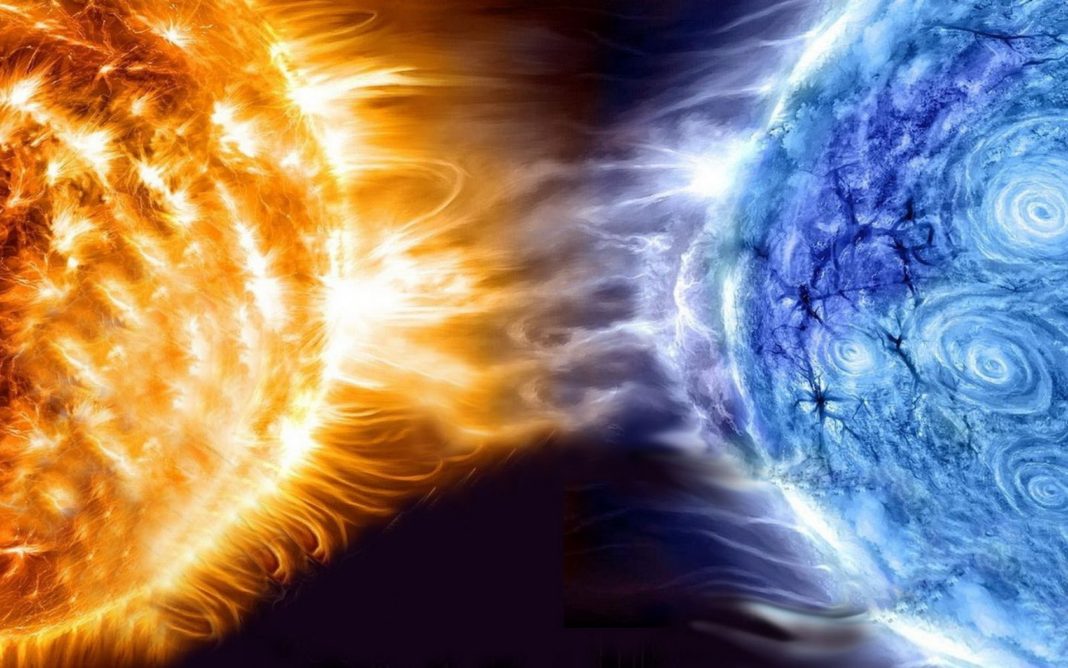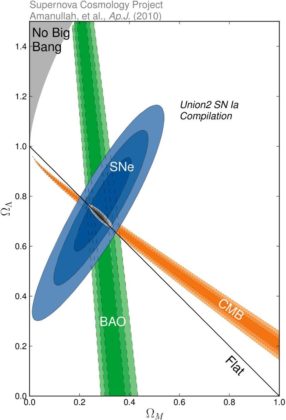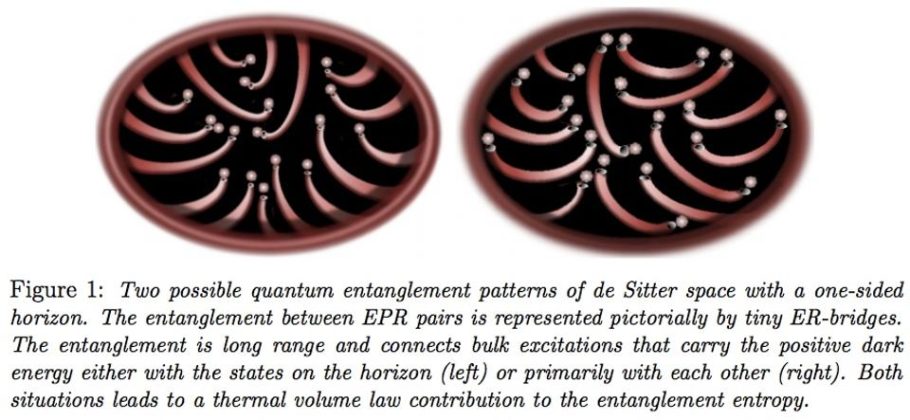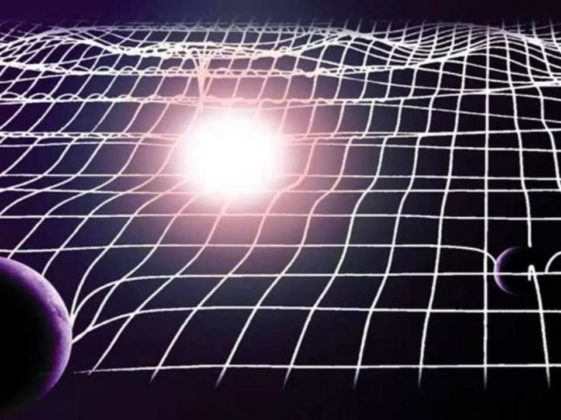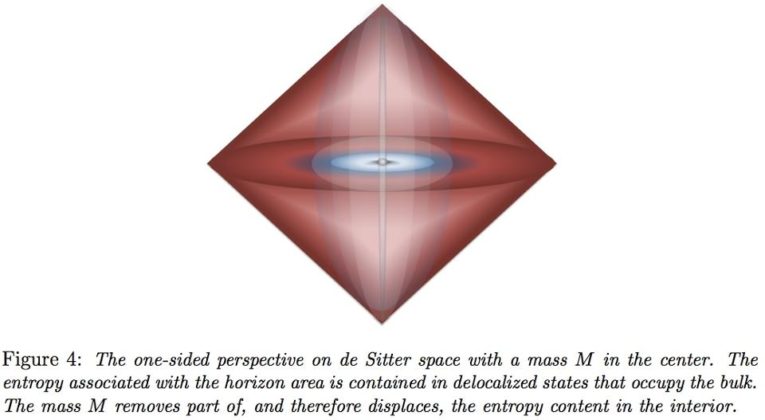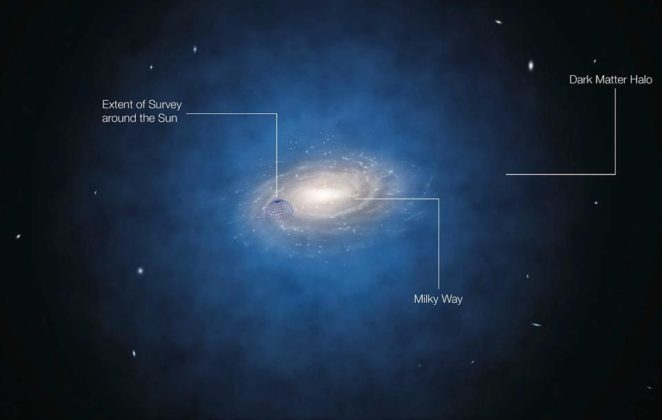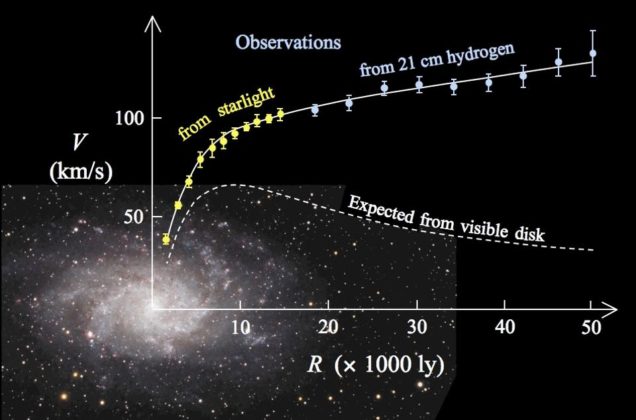There are four fundamental forces of nature: gravitational, electromagnetic, strong nuclear, and weak nuclear. The reason they’re classified in this way is that they’re things that are not derived from anything else. However, this may be about to change as physicists delve deeper into Einstein’s Theory of General Relativity. In this theory, it’s said that the effects of gravity are dictated by the curvature of space-time. However, physicists are now trying to decide if space-time is made up of small elements whose motion collectively gives rise to gravity. If this is the case, it changes everything that we previously thought in that gravity would be an emergent phenomenon, not a fundamental one.
A couple of months ago, Erik Verlinde published a paper that stated how General Relativity would only approximately reduce if gravity were an emergent force because the constituents of space-time push in on the matter, creating an effect that’s similar to dark matter. This is an excellent idea that’s been welcomed by many for solving a couple of issues regarding emergent gravity. Verlinde argued that deviations in the General Relativity theory emerged because the constituents of space-time have an extra type of entropy that grows with the volume itself.
This modification to the General Relativity theory comes about as matter reduces the new kind of entropy and as a result creates a force that pushes inwards on the matter. It’s a force that’s similar to dark matter. But, the problem is that the new entropy can’t suddenly become less than zero, so when the last is depleted, General Relativity once again takes over as only the usual entropy is left. Verlinde’s theory also explains how in modified gravity scenarios, the departure from General Relativity becomes relevant at a scale similar to that of the temperature of de-Sitter space. With the emergent gravity model, this is because the dark matter is related to the cosmological constant.
So with that theory in mind, numerous papers have since been published that put it to test. While one paper claimed to have ruled out the model using solar system data, they haven’t taken into consideration that fact that the equation doesn’t apply to solar system scales, so bars no real relevance. Another used Verlinde’s model to measure the rotation curves of 152 galaxies. But, emergent gravity results in an acceleration that‘s too high to explain what’s being seen.
But one thing to bear in mind when looking at these failed examples is that they are only looking at one part of Verlinde’s equation in a very idealized situation. So, to get a more definitive answer as to whether Verkinde;s theory is correct, more tests would need to be carried out. Until then, dark matter is here to stay, and emergent gravity is still somewhere in the far distance.
More News To Read
- Personalized Medicine is Great for Treatment, but What About Prevention of Chronic Diseases
- What Good Does ‘Junk DNA’ Do?
- UK Introduces New Autonomous Vehicle Insurance Laws, Who pays for damages?
- The World’s First Real Quantum Computing Battle, How is Ended?
- Should We Be Concerned Our Future Autonomous Car May Get Hacked?

